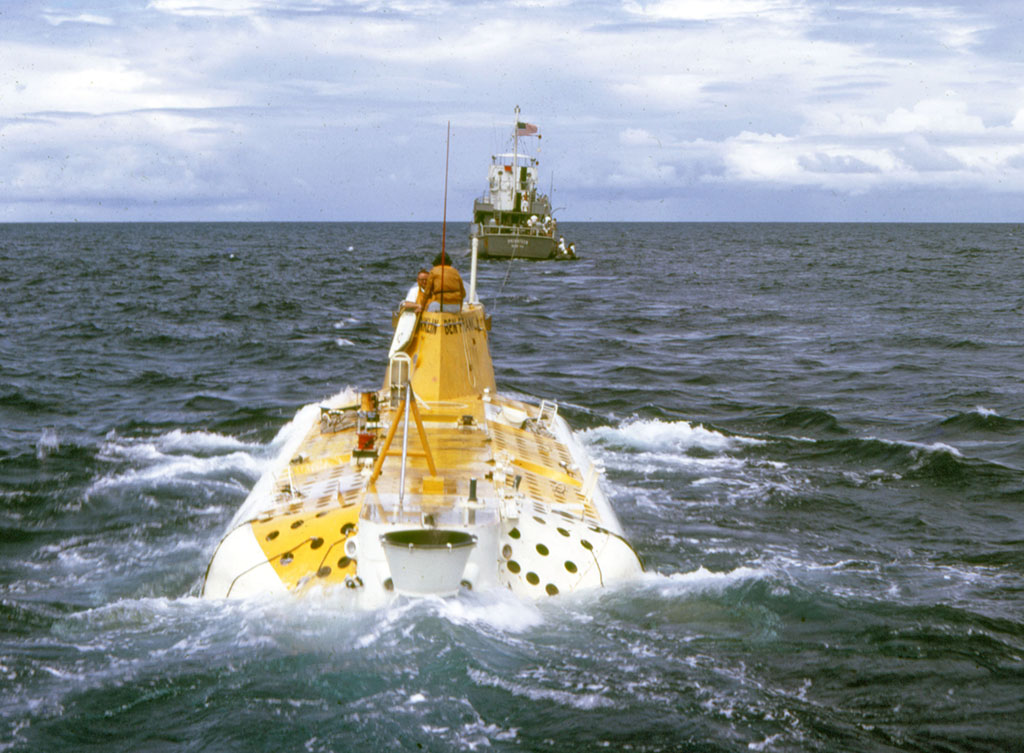[et_pb_section bb_built=”1″][et_pb_row][et_pb_column type=”4_4″][et_pb_text _builder_version=”3.22.7″ text_text_shadow_horizontal_length=”text_text_shadow_style,%91object Object%93″ text_text_shadow_vertical_length=”text_text_shadow_style,%91object Object%93″ text_text_shadow_blur_strength=”text_text_shadow_style,%91object Object%93″ link_text_shadow_horizontal_length=”link_text_shadow_style,%91object Object%93″ link_text_shadow_vertical_length=”link_text_shadow_style,%91object Object%93″ link_text_shadow_blur_strength=”link_text_shadow_style,%91object Object%93″ ul_text_shadow_horizontal_length=”ul_text_shadow_style,%91object Object%93″ ul_text_shadow_vertical_length=”ul_text_shadow_style,%91object Object%93″ ul_text_shadow_blur_strength=”ul_text_shadow_style,%91object Object%93″ ol_text_shadow_horizontal_length=”ol_text_shadow_style,%91object Object%93″ ol_text_shadow_vertical_length=”ol_text_shadow_style,%91object Object%93″ ol_text_shadow_blur_strength=”ol_text_shadow_style,%91object Object%93″ quote_text_shadow_horizontal_length=”quote_text_shadow_style,%91object Object%93″ quote_text_shadow_vertical_length=”quote_text_shadow_style,%91object Object%93″ quote_text_shadow_blur_strength=”quote_text_shadow_style,%91object Object%93″ header_text_shadow_horizontal_length=”header_text_shadow_style,%91object Object%93″ header_text_shadow_vertical_length=”header_text_shadow_style,%91object Object%93″ header_text_shadow_blur_strength=”header_text_shadow_style,%91object Object%93″ header_2_text_shadow_horizontal_length=”header_2_text_shadow_style,%91object Object%93″ header_2_text_shadow_vertical_length=”header_2_text_shadow_style,%91object Object%93″ header_2_text_shadow_blur_strength=”header_2_text_shadow_style,%91object Object%93″ header_3_text_shadow_horizontal_length=”header_3_text_shadow_style,%91object Object%93″ header_3_text_shadow_vertical_length=”header_3_text_shadow_style,%91object Object%93″ header_3_text_shadow_blur_strength=”header_3_text_shadow_style,%91object Object%93″ header_4_text_shadow_horizontal_length=”header_4_text_shadow_style,%91object Object%93″ header_4_text_shadow_vertical_length=”header_4_text_shadow_style,%91object Object%93″ header_4_text_shadow_blur_strength=”header_4_text_shadow_style,%91object Object%93″ header_5_text_shadow_horizontal_length=”header_5_text_shadow_style,%91object Object%93″ header_5_text_shadow_vertical_length=”header_5_text_shadow_style,%91object Object%93″ header_5_text_shadow_blur_strength=”header_5_text_shadow_style,%91object Object%93″ header_6_text_shadow_horizontal_length=”header_6_text_shadow_style,%91object Object%93″ header_6_text_shadow_vertical_length=”header_6_text_shadow_style,%91object Object%93″ header_6_text_shadow_blur_strength=”header_6_text_shadow_style,%91object Object%93″ z_index_tablet=”500″]
Timing is everything. In the summer of 1969, two missions set out on voyages of exploration and discovery. Both represented the ultimate challenge of technology and the human quest for knowledge. One would blast off from Florida so that two men could leave their footprints on the Sea of Tranquility while the other would plunge into the very core of that great ocean current, the Gulf Stream.
At 8:56 P.M. (EDT) July 14, 1969, Grumman Aerospace Corporation’s research submarine Ben Franklin slipped beneath the surface of the Atlantic off the coast of Palm Beach, Florida carrying a crew of six comprised of engineers, oceanographers and a former Navy captain. In addition, NASA sends along one crew member whose job it was to evaluate the use of the Ben Franklin as a space station analogue.
The Ben Franklin’s mission was to investigate the secrets of the Gulf Stream as it drifted northward at depths of 600-2,000 feet; to learn the effects on humans of a long-duration, closed-environment stressful voyage; to demonstrate the engineering-operational concepts of long term submersible operation; and to conduct other scientific oceanographic studies.
This longest privately-sponsored undersea experiment of its kind ended more than 30-days and 1,444 nautical miles later, when the Franklin and its crew surfaced some 300 miles south of Halifax, Nova Scotia, at 7:58 A.M. August 14, 1969.
NASA eventually publishes a five volume report on the Franklin’s mission which has provided critical information which will be used to plan subsequent space habitats like Skylab, the Shuttle, and ultimately the International Space Station.
During the thirty days of the Ben Franklin‘s Gulf Stream Drift Mission, all the crew members kept detailed journals of the scientific and technical aspects of the mission along with many personal reflections as well. Erwin Aebersold, the Swiss engineer who helped design and pilot of the Ben Franklin not only kept an amazingly comprehensive and enjoyable journal, but he illustrated each day’s events with hand-drawn impressions of what was happening around him and recorded the submarine’s daily progress in a series of daily depth profiles that form the basis of your voyage on the Ben Franklin.
Please click HERE to view the details.
[/et_pb_text][et_pb_image _builder_version=”3.22.7″ src=”https://roffs.com/wp-content/uploads/2019/08/ben_franklin_picture_19690714.jpg” z_index_tablet=”500″ /][/et_pb_column][/et_pb_row][/et_pb_section]






